Welcome to the Eastern Edge.
The Lead
The main thing I’ve been thinking about…
Seven days after moving to eastern Latvia, an armed Russian drone crash landed in the village of Gaigalava, which is about a 20 minute drive from my apartment. The incident made international headlines, as it was the first Russian drone to come into Latvian airspace since Russia’s invasion of Ukraine. The Latvian military, which recently beefed up its presence on the Russian-Latvian border, arrived on scene and blew up the drone.
Less than two weeks later, the Latvian air force scrambled fighter jets to follow an “unidentified flying object” near the border with Belarus. The suspect object turned out to be a flock of birds.
I’m living in Rēzekne, a small city of about 27,000 just under 30 miles from the Russian-Latvian border. Residents of Rēzekne will tell you there’s not a ton going on out here. They’re right.
But this sleepy city is one of many arenas over which NATO and Russia are jostling for power and influence.
Rēzekne is a 50/50 city. About half of the city is ethnic Latvians and about half of the city is ethnic Russians, with some sizable Belarusian and Ukrainian communities as well. During Soviet rule in Latvia, Russians moved into the country en mass. By one estimate, Latvians only made up 52 percent of the population in 1989. And after the collapse of the Soviet Union, many of the ethnic Russians living in Latvia didn’t return to Russia. This was a problem for the newly independent Latvian state. Much of the Russian population didn’t speak Latvian and had little interest in becoming “Latvian.” So in 1991, in an understandable but misguided move, the Latvian government only granted citizenship to people who could prove their heritage traced back to citizens of the independent Latvian republic of the 1920s and 30s. In 1991, about 2.6 million people lived in Latvia. Approximately 700,000 became “non-citizens,” effectively stateless people, because they could not prove or did not have Latvian heritage.
In 1995, the government created a path to citizenship for those living in the country without Latvian ancestry. The naturalization process included a Latvian language competency exam. Many ethnic Russians could not speak Latvian, abstained from the exam, but also had no desire to move back to Russia. According to LSM (Latvian Public Radio), only 15,000 people had naturalized by 1998. As a result, much of the ethnic Russian population continued living in Latvia as “non-citizens.”
“Non-citizens” cannot vote or serve in the military. They have a different passport. For much of Latvia’s modern history, there was not birthright citizenship, meaning that the child of two non-citizens would also be a non-citizen. The Latvian government finally changed this rule in 2020, requiring all newborn babies to be either citizens of Latvia or citizens of another country.
Estimates vary, but there are approximately 180,000 non-citizens living in Latvia today, making Latvia the country in Europe with the highest number of “stateless people.”
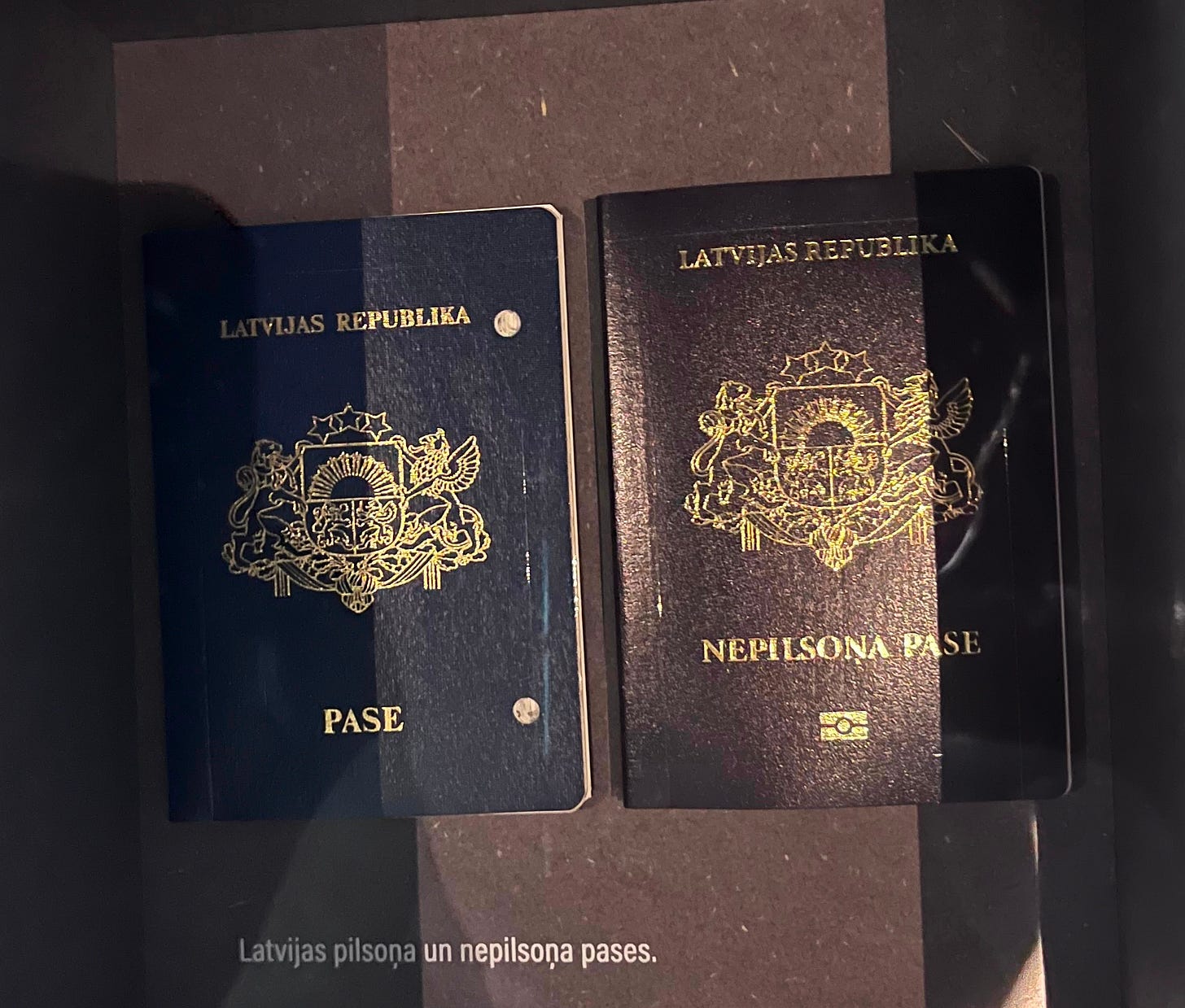
About 25 percent of Latvia’s overall population is of Russian descent (this number includes citizens and non-citizens). Despite living in the same country, the populations can have, if they choose, completely separate, parallel lives. Especially in the east, in cities like Rēzekne and even more so in Daugavpils, Latvia’s second largest city known for its large Russian population, people can go through their daily lives speaking only Russian. But since Russia invaded Ukraine in 2022, the Latvian government has undertaken deliberate efforts to collapse the parallel Russian spaces in Latvia.
In 2022, the Latvian parliament — called the Saeima — passed a law that made Latvian the official language of instruction in all schools, which affected 129 schools, 43,000 pupils, and over 4,000 teachers, according to LSM. Previously, there had been separate “Russian schools,” public schools that used Russian in the classroom. In 2023, the Saeima banned Russian TV channels, though people still get them with various workarounds. In 2024, the government also said that any Russian citizens living in Latvia long term would have to pass a Latvian language test, or face deportation. By the 2026-2027 school year, students will no longer have the option of taking Russian as a second foreign language (after English, which is required). Last month, the Saeima voted to ban ATMs from having a Russian language option starting next year.
These are just some of the political, diplomatic, and military chess moves that the Latvian government has taken to counter Russia and its deliberate efforts to undermine Latvia and surrounding countries’ security and sovereignty.
It’s not talked about much in America, but Latvia and many other European countries are already engaged in a sort of hybrid war with their neighbor to the east. As Ben Taub detailed in his recent piece in the New Yorker, “Russia’s Espionage War in the Arctic,” Russian and Norwegian counterintelligence forces have been fighting for control over the arctic for years. Russians have been accused of perpetrating phishing scams, ransomware, hacks targeting government websites, and sending Russian citizens to photograph the positions of key defense and communication infrastructure.
Similar things are happening in Latvia.
Russian hackers are targeting government websites. Earlier this year, journalists from The Insider exposed Tatjana Ždanoka, a Latvian member of the European Parliament, as an agent of Russia after obtaining emails between Ždanoka and her Russian handlers. Notably, Ždanoka was previously arrested in 2022 for protesting the destruction of the 259-foot Victory Monument, which the Soviets had erected to commemorate their WWII victory. The video of the monument toppling over is worth a watch.
In a recent interview with Ben Smith of Semafor, Latvian President Edgars Rinkēvičs said that he didn’t think Russia would attack NATO countries in “in a classic military way” and claimed Russia had been engaging in “hybrid warfare” with NATO countries since at least 2018. This summer, Rinkēvičs, who served as the foreign minister before becoming president, visited the border fence, which covers about half the border, and told reporters that the country would need to invest more in its military.
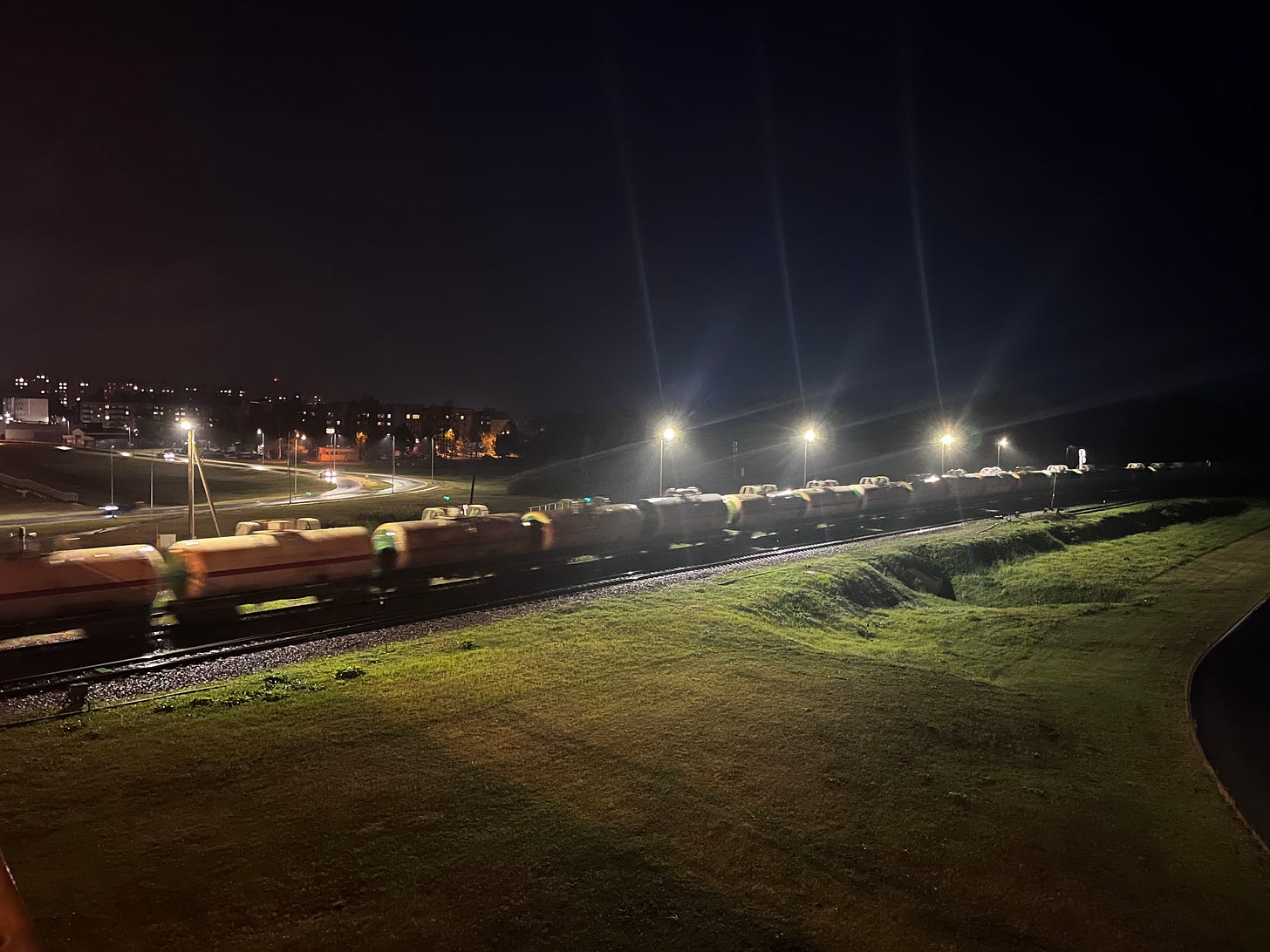
I have seen fighter jets over Rēzekne twice in the past month. The first time was for a planned military exhibition in a nearby town. Multiple fighter jets tore through the sky, making turns and spins while moving faster than the speed of sound. Later, some teachers and students I spoke with said they didn’t know about the exhibition and joked that they thought the invasion had started.
The second one I’m not sure of. Sitting on my couch, I heard a loud noise and saw a lone jet moving fast into the distance from my window.
A few other people I talked to saw it too, but no one had heard of another military expo or training drill happening that day. There was definitely a reason it was out there. I’m hoping it was another flock of birds.
The News
Notable news from around the Baltics, Ukraine, and anything else that seems like it should get a bit more attention
From Reuters: Finland has put forward a proposal to ban purchases of property by Russian citizens. The Finish Defense Ministers said the reason for the proposal was to prevent “possible hostile influences against Finland.”
A pair of articles on people moving into and leaving the Balkans:
From The Baffler, “Go West” by Lily Lynch: A good piece about how the Balkans are losing population, as so many young and ambitious people move to Western countries for work. Depopulation is an issue that Rēzekne knows well. The population has fallen off a cliff since the collapse of the Soviet Union. The best and brightest students are told to go to Riga to study, where they’ll have more access to resources and better work opportunities. But what does that mean for these communities out here? More thoughts on this in future posts.
From the Institute for Current World Affairs, “A slice of Moscow in the Balkans” by Aron Ouzilevski: A report on how the influx of Russians into Belgrade, Serbia is affecting life in the city. Between 150,000 and 300,000 Russians have moved to Serbia since the invasion of Ukraine. Many are “Yandexoids,” young tech workers for the Russian company Yandex, which is basically Russia’s version of Google/Amazon. There’s also Russian exiled political activists and LGBTQ+ people trying to find new long-term homes. With a healthy dose of Serbian nationalism (the piece features a photo of a mural that reads, “The only genocide in the Balkans was against the Serbs”), Belgrade today seems like a fascinating political stew.
Personals
Some insight into my personal life
My apartment in the center of the city is great. But there are, of course, a few quirks:
I have one sink. I shave, cook, brush my teeth, and drink water from the same faucet.
For some reason, the grocery store doesn’t sell packaged basil leaves, only full basil plants.
I have only one induction heater for cooking and no oven. I’ve never been much of a cook, but damn we’ll definitely be sticking to the basics this year.
I’m playing in an intramural volleyball league. I feel like I’m in middle school gym class, but it’s a good time and the people are nice.
I participated in one traditional Latvian dance class. It went just about as poorly you’d think taking a dance class in a foreign language would go. Spinning, stepping, stumbling, I made it through the hour and a half, grateful for the opportunity and sure that I would not be returning (for my own sake and for the good of the class).
Some weird graffiti around town that I think is anti-vax. In other graffiti news, the Latvian police just discovered a series of “Z” symbols painted in multiple spots in Latgale, the region I’m living in. The “Z” has been used by people who support Russia and the invasion of Ukraine since the start of the conflict in 2022. Latgale tends to be more conservative than the rest of Latvia. In this Politico article, a journalist from Daugavpils said the people out here in the east were like “the Appalachians of Latvia.”
We went on a field trip for teacher’s day that included a trip to a big wind chime, a forestry museum, and a doll exhibit with 1,200 dolls from all around the world.
The End:
Thanks for reading. It took me a while to get settled and find my bearings, but I’m going to try to get one of these out every 2-3 weeks. Consider subscribing if you want. Don’t pay, even if Substack asks you. Email jackstyler@proton.me with any questions/comments/suggestions/typo alerts.
I’ll be in Paris for a conference later this month. If anyone has recommendations, please let me know. I’ll have a couple free days.

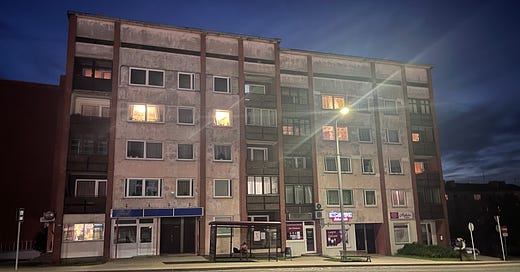



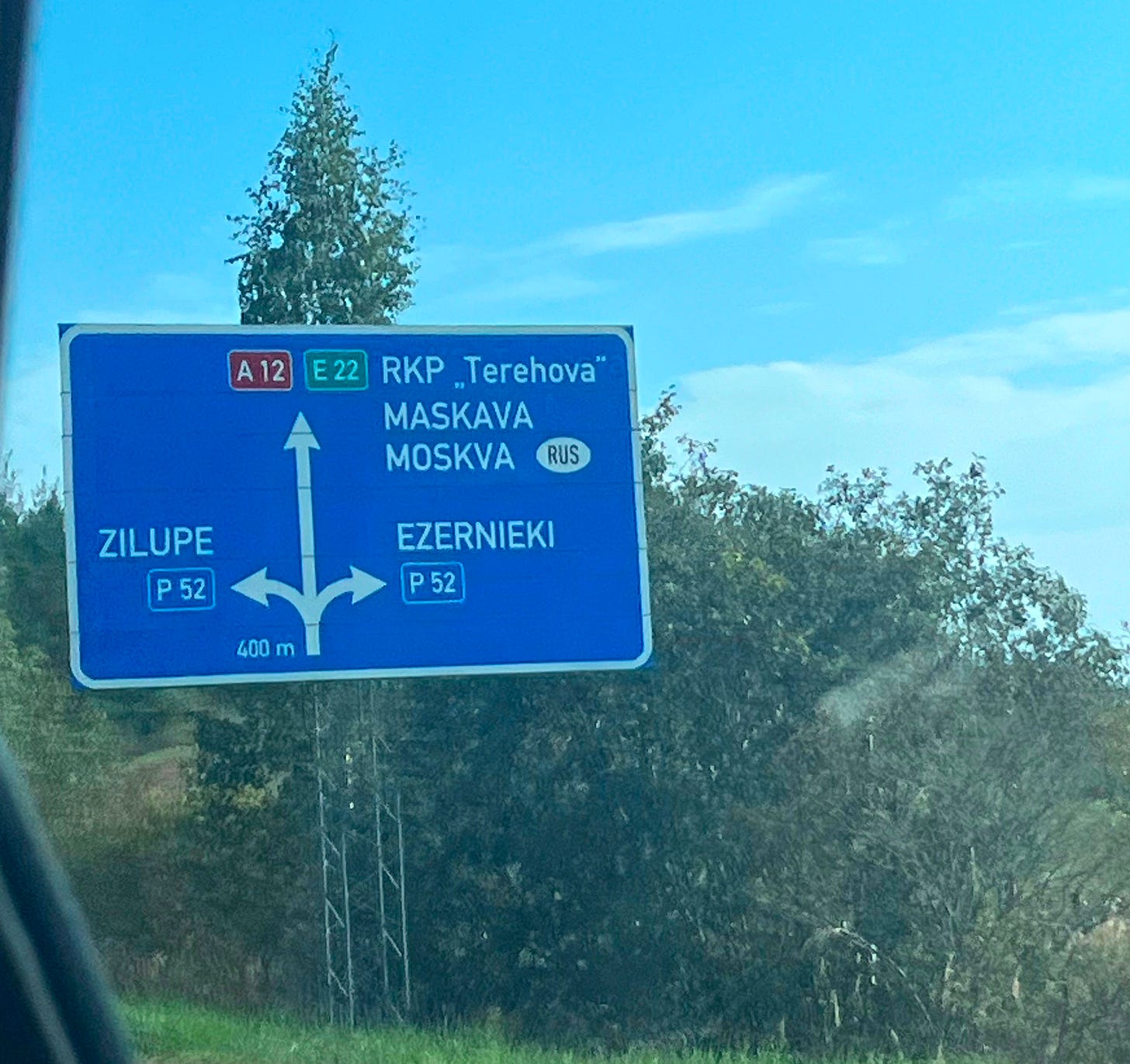
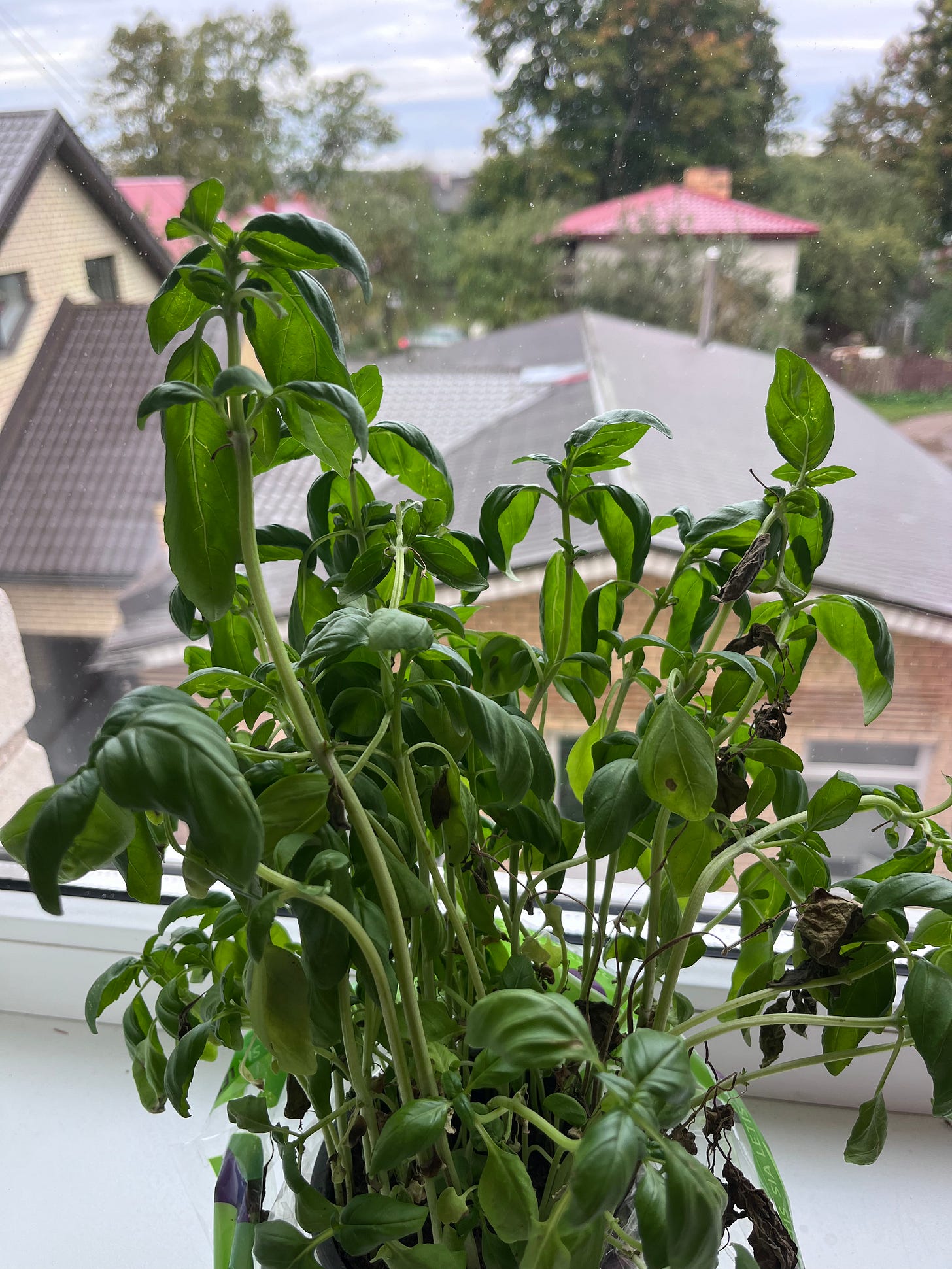
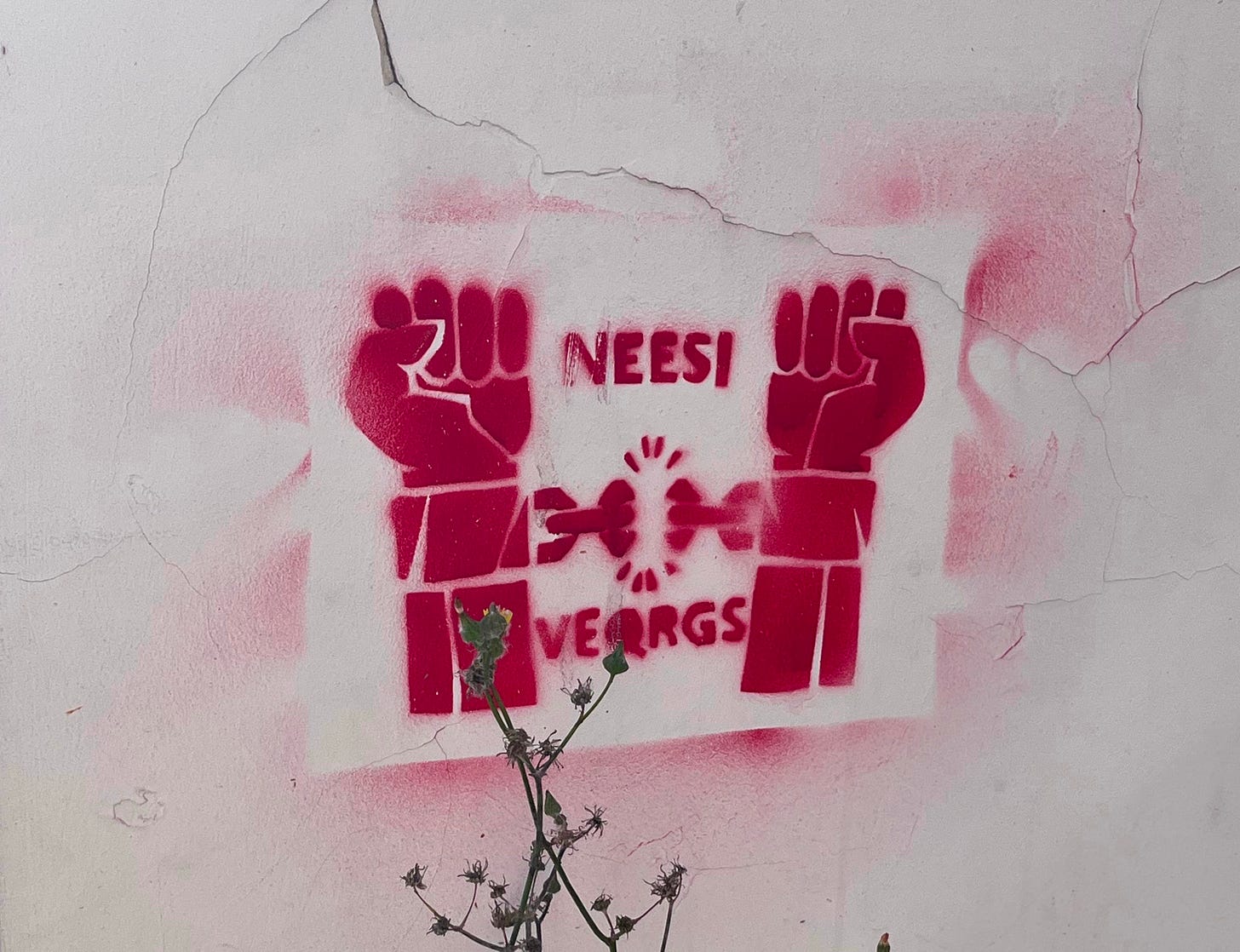
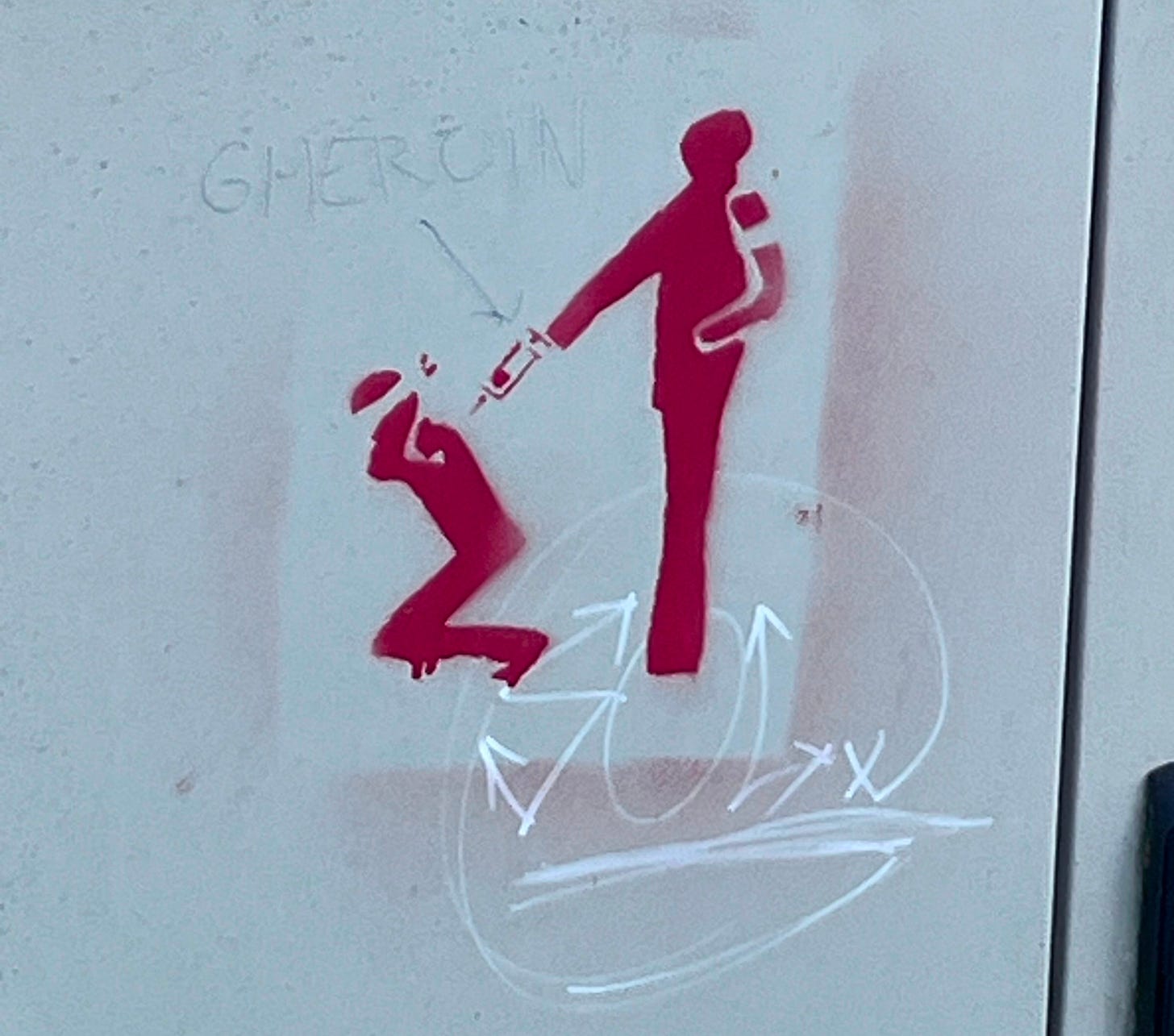
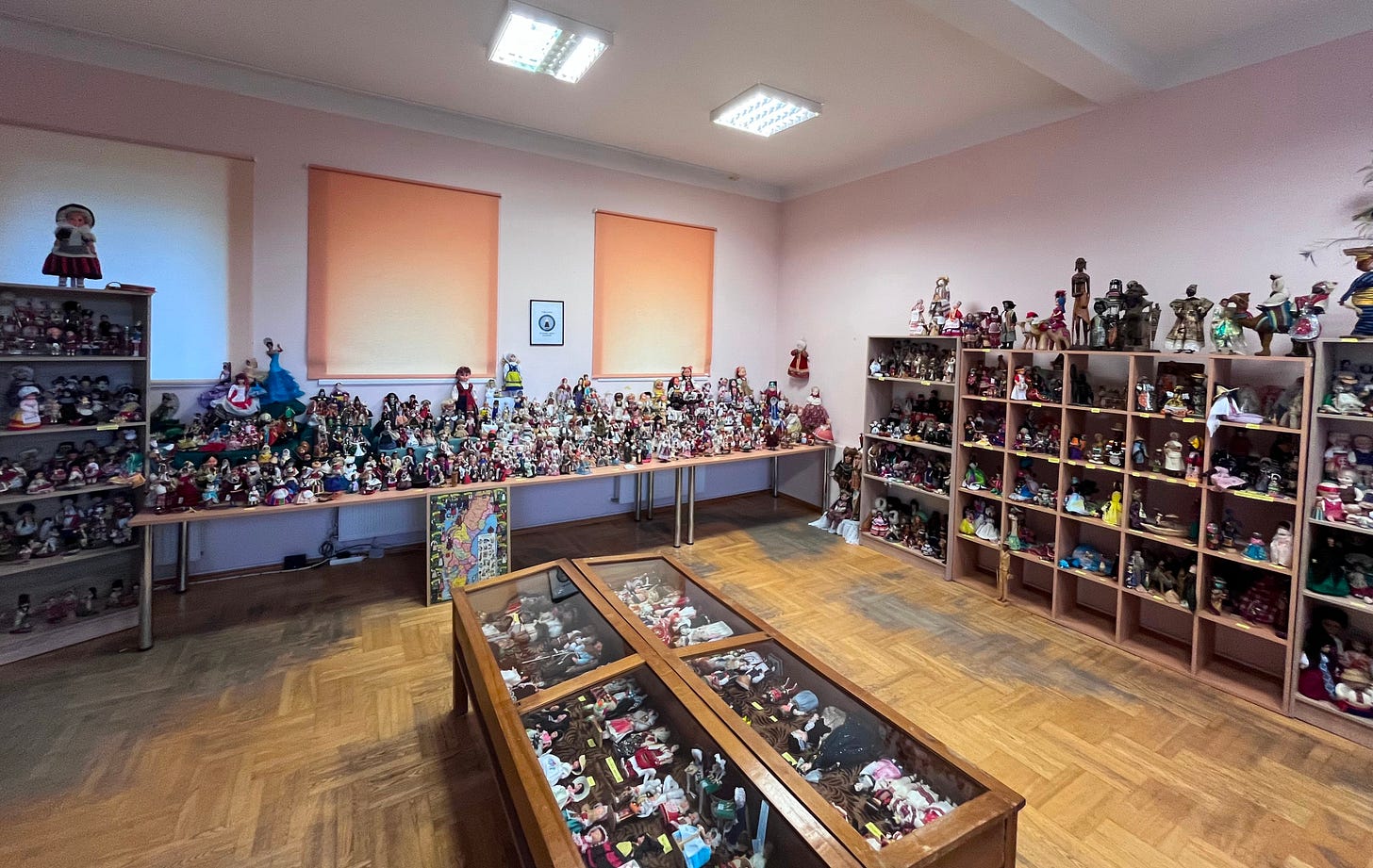
This is so fascinating—thank you Jack! ♥️